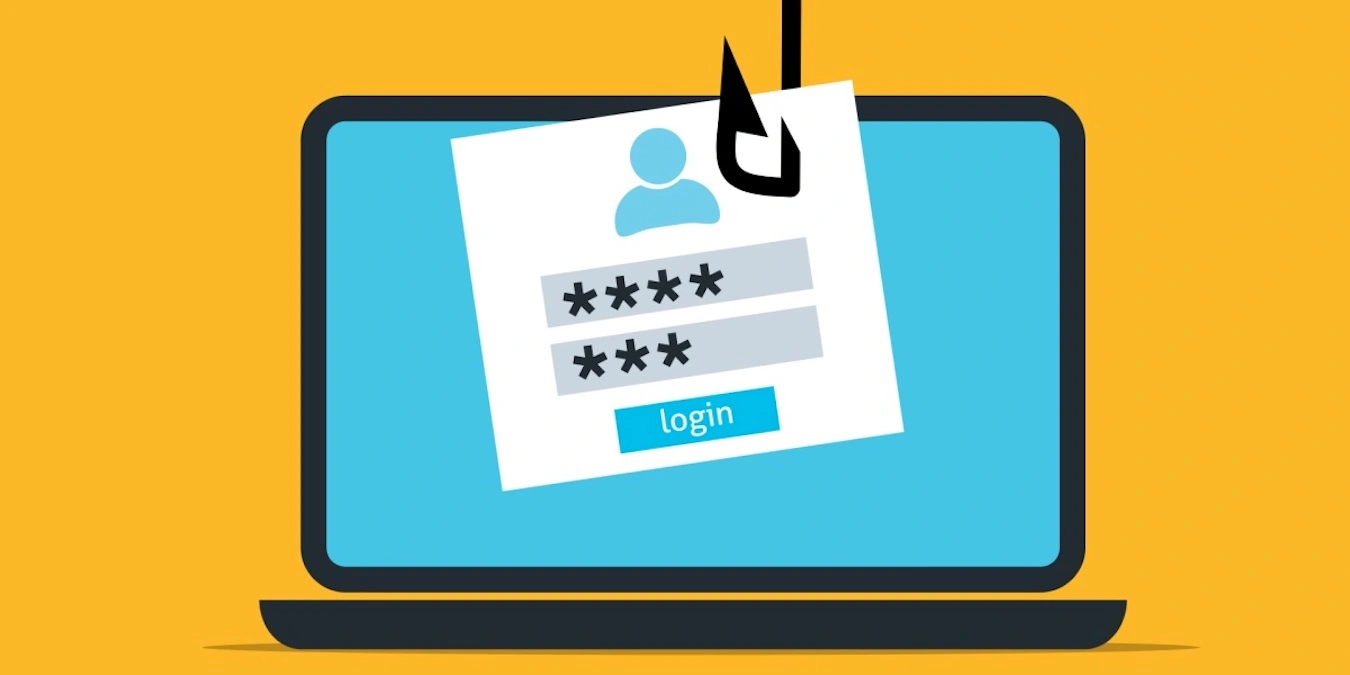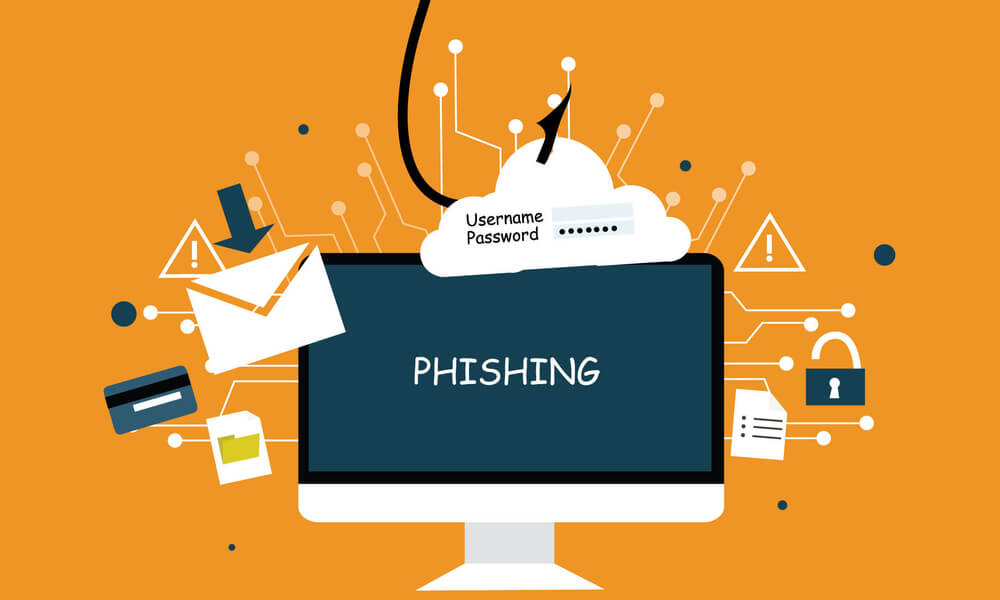In today’s world, personal information is more valuable than ever before. As we spend an increasing amount of time online, it’s essential to safeguard our data from phishing attacks. Phishing scams are used by cybercriminals to trick individuals into giving away sensitive information such as passwords and bank details. The good news is that there are several steps you can take to prevent these attacks and keep your personal information safe. In this article, we’ll explore some practical tips on how you can protect yourself from phishing scams and ensure the security of your confidential data. So let’s dive in!

Contents
Why Are Phishing Attacks So Successful?
There are some reasons why phishing attacks are so successful. Firstly, they are often very well-designed and can look very convincing. This means that people can be easily tricked into clicking on a link or opening an attachment. Secondly, phishing attacks usually target a large number of people at once, which increases the chances that someone will fall for the scam. Finally, many people are still not aware of the dangers of phishing and how to protect themselves from it.
What Are The Signs Of A Phishing Attack?
If you’re not familiar with phishing attacks, they are when a scammer posing as a legitimate company or individual contacts you and tries to get you to share personal information or click on a malicious link. They might do this through email, social media, text messages, or even over the phone.
There are a few signs that can help you spot a phishing attack:
1. The communication looks suspicious – If you receive an unsolicited email, text message, or phone call from someone claiming to be from a company or organization you do business with, be wary. Legitimate businesses will not contact you out of the blue like this.
2. The communication contains typos or other errors – Scammers often rush their messages and don’t take the time to proofread them. So, if you see typos or other errors in the communication, it’s likely a phishing attempt.
3. The communication asks for personal information – A legitimate company should already have your personal information on file and would never ask you for it via email, text, or over the phone. So if the communication asks for things like your Social Security number, credit card number, or bank account information, it’s almost certainly a scam.
4. The communication includes a sense of urgency – Scammers often try to create a sense of urgency to get you to act before thinking by saying things like “Your account will be closed if you don’t act right away!” If something
How Will You Protect Your Personal Information Against Phishing Attacks?
Phishing is a type of online scam where criminals pose as legitimate organizations to trick people into giving them personal information. This can include your name, address, Social Security number, and credit card information.
There are a few things you can do to protect yourself from phishing attacks:
– One way to safeguard your privacy is by using a Virtual Private Network (VPN) like IPVanish VPN. A VPN encrypts your internet connection and masks your IP address so that your online activities remain anonymous and secure from prying eyes.
– Be aware of the signs of a phishing email. These can include misspellings, fake logos, and urgent requests for personal information.
– Don’t click on links or open attachments from unfamiliar sources. This is how many phishing attacks start.
– If you’re unsure about an email, contact the supposed sender directly to verify its authenticity. Don’t use the contact information in the email itself; instead, look up the organization’s contact info on its website or through a reliable directory.
– Keep your anti-virus and anti-malware software up to date. This will aid in defending your computer against harmful malware that might be employed in a phishing assault.
What Are The Types Of Phishing Attacks?
There are many types of phishing attacks, but some of the most common ones include
1) Spear phishing: This type of phishing attack is targeted at a specific individual or organization. The attacker will usually create a fake email or website that looks identical to a legitimate one, to trick the victim into inputting their personal information.
2) Whaling: Whaling is similar to spear phishing, except that the targets are high-profile individuals within an organization, such as CEOs or CFOs. The attacker will again use a fake email or website to try and collect sensitive information from the victim.
3) Pharming: Pharming is a type of attack that redirects victims to a fake website, even if they enter the correct URL into their browser. This can be done by infecting DNS servers or by using malicious code on websites to redirect visitors.
4) Malware: Malware is any type of malicious software that can be used to damage or gain access to computers and devices. Some forms of malware, such as ransomware, can be used in phishing attacks to extort money from victims.
Read More- The Benefits of VPS Hosting for Your Website’s SEO.
Which Is The Best Security Method To Protect Against Phishing Attacks?
Phishing attacks have become a major concern for individuals and businesses alike. Cybercriminals are getting more sophisticated by the day, making it difficult to detect these attacks. Fortunately, there are security methods that can help you protect against phishing scams.
One such method is using an IPVanish VPN. A VPN encrypts your internet connection, making it impossible for hackers to intercept your data. With IPVanish VPN, you can browse the web with peace of mind knowing that your online activities are protected from prying eyes. And the good news is that you can get an IPVanish coupon to save on subscription fees.
Conclusion
Phishing attacks are a serious threat to your personal information and can cause tremendous harm. But with the right approach, you can protect yourself from such attacks and keep your data safe. By staying informed about phishing tactics and taking proper security measures, like using strong passwords, avoiding suspicious links and emails, and setting up two-factor authentication on accounts where possible, you will be able to reduce the risk of becoming a victim of these malicious attackers. Keep these tips in mind – they may just save you time and money down the line!




